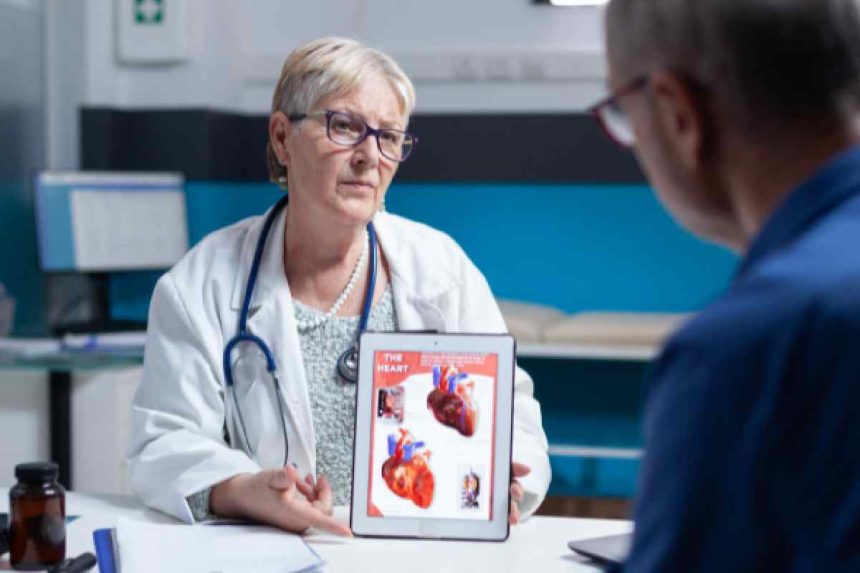In the modern healthcare environment, effective communication is more critical than ever. The healthcare industry encompasses complex issues that can be confusing to patients. This is where images come in. These images transform the information that is difficult to understand into an easy-to-read format.
Table of Contents
Visuals Matter in Healthcare Communication
Education is crucial in the healthcare, biotech, and personal care industries. It can be instructions for patients, scientific research, or demonstrations of products. However, visuals make communication easier. This is where medical graphic design plays a crucial role. It often makes science accessible to the public.
Medical graphic designs often use personalized images to clearly send a message. Such visuals don’t just include diagrams. They also include 3D models, animations, and infographics. Through these visuals, the audience will comprehend concepts and retain them more effectively.
Medical graphic design is not only about being good-looking. It adds true value to the healthcare and biotech sector. Being applied properly, it can:
- Minimize the misconception of complicated products
- Better results of medical staff training
- Increase patient learning and decision-making speed
- Build more trust in your brand
- Promote product sales and introductions
Bringing Science to Life through Visuals
When visuals are employed effectively, they can demonstrate the functioning of a drug, a medical device, or the spread of a disease. They give life to static data such as lab results or clinical trial reports. Even the most complex research can be easier to follow with the proper design.
Researchers, marketers, and healthcare professionals collaborate with designers. Such collaboration helps to ensure that every visual is visually appealing. It also ensures that the content resonates effectively with the target audience.
Where Medical Graphic Design Is Used
The design is common in most regions of the health sector. It can be used to communicate effectively with professionals and the general population. Some of its main applications are:
- Education brochures for patients
- Labeling and product packaging
- Manual of medical devices
- Pharma marketing text
- Graphics of a trade show
- Investor pitch decks
What to Look for in a Medical Graphic Designer
When recruiting a designer in this area, it is important to choose a person with the appropriate skills. They should be familiar with medical terminology and the strict regulations governing it. Consider finding a designer who:
- Has experience in medical, biotech, or healthcare design.
- Understand brand guidelines.
- Can clarify technical material precisely
- Works on programs such as Adobe Illustrator, InDesign, or 3D programs
- Gets along with doctors, scientists, and marketers
Good visuals are no longer a plus in the healthcare, biotechnology, and personal care sectors. Medical graphic design is used to break down the barriers between science and knowledge. This, in turn, facilitates a clearer understanding of complex concepts. Apart from bringing transparency, it also improves confidence in every sector of the industry.
To reach your audience, educate employees, or market your product, start by investing in a professional design. It is not only a matter of style but also a matter of improved communication, step by step.






